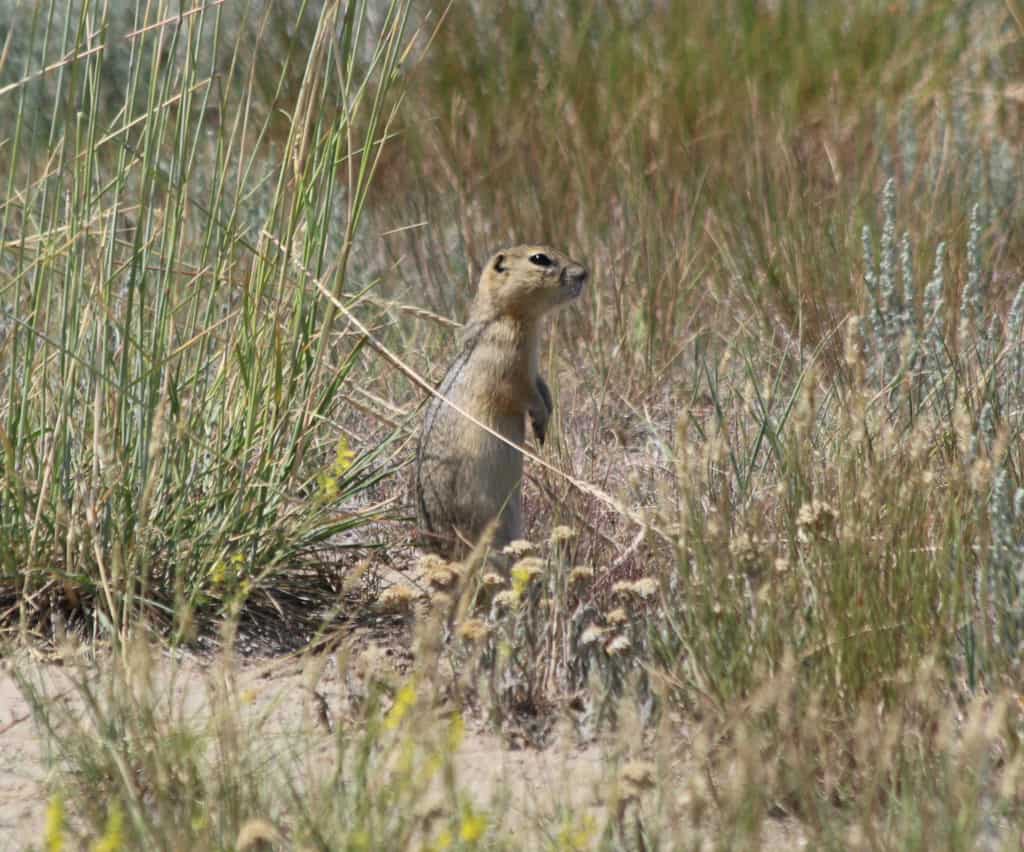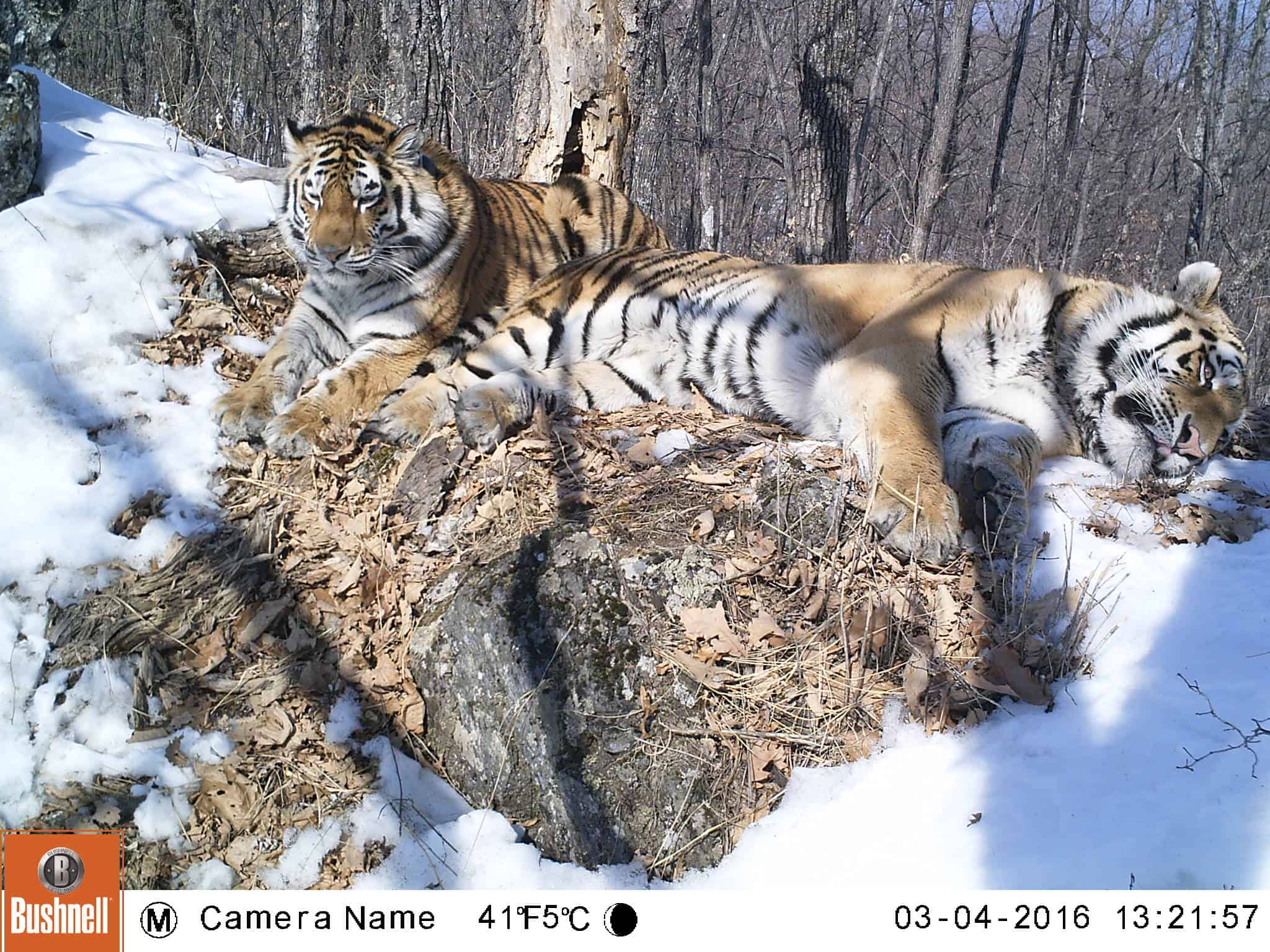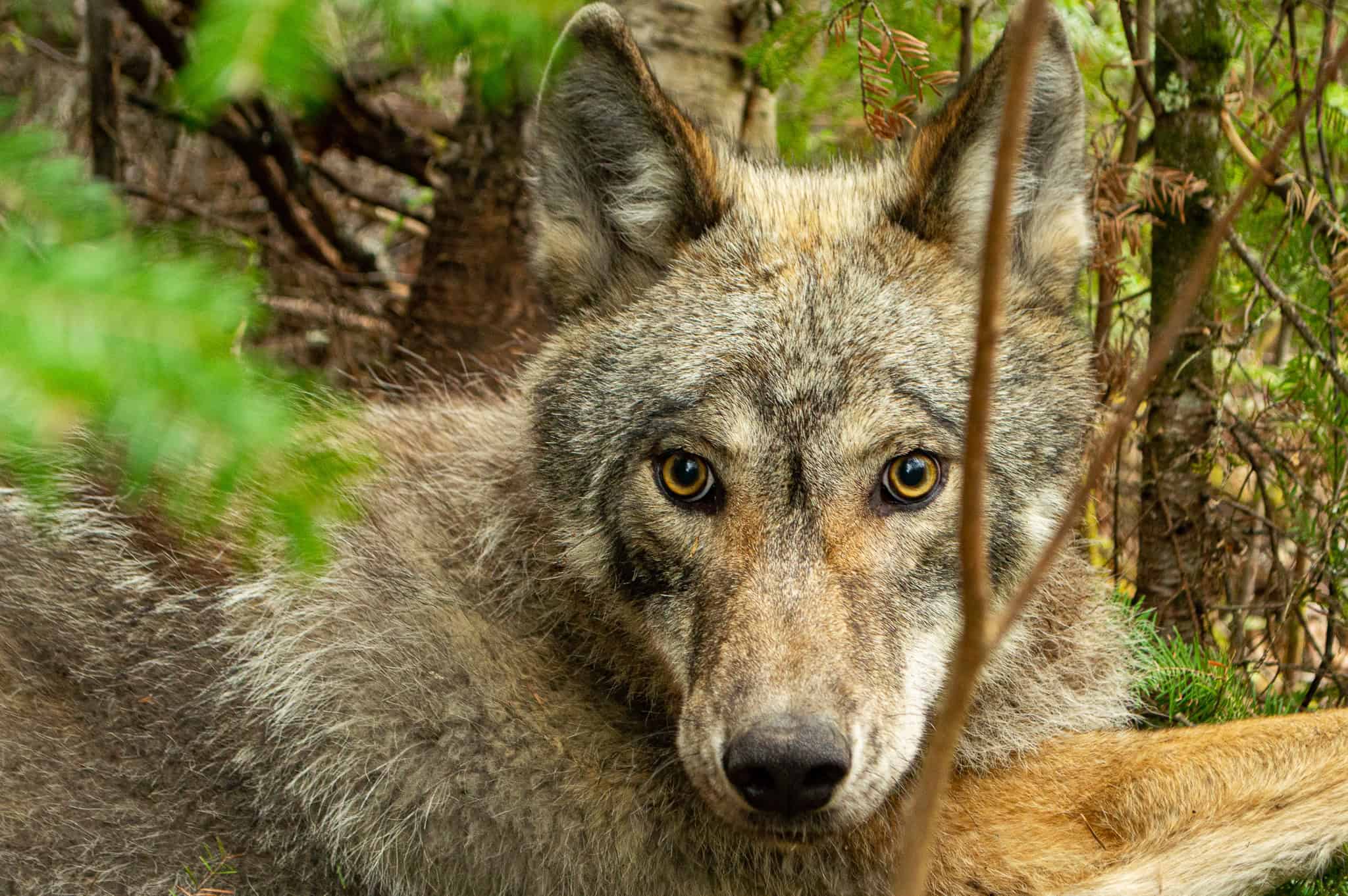Share this article
North of border, prairie dogs less affected by plague
A plague that has had large-scale effects on prairie dog populations in the United States impacts black-tailed prairie dogs in Canadian less, but it remains a threat there due to the prairie dogs’ lower number at the northern edge of their range.
“It affects a very low proportion of individuals, and it’s occurring at predictable or somewhat constant rates over time,” said Stefano Liccioli, a wildlife ecologist at Grasslands National Park in Canada and the lead author of a study published recently in Ecosphere.
In Canada, black-tailed prairie dogs (Cynomys ludovicianus) are only found in the Grasslands National Park in Saskatchewan, north of the international border where they are considered a species at risk. Similar to the United States populations, the prairie dog species provides ecosystem services through ground disturbance and nutrient cycling. They are also an important prey species for predators like ferruginous hawks (Buteo regalis), badgers (Taxidea taxus) and swift foxes (Vulpes velox), and their burrows provide solace for species like tiger salamanders (Ambystoma tigrinum) and burrowing owls (Athene cunicularia).
“This is a keystone species,” Liccioli said. “They really create and alter habitat through their activities such as burrowing, grazing and clipping the vegetation.”

In Grasslands National Park, Richardson’s ground squirrels co-occur with Black-tailed prairie dogs. While ground squirrels are found at low densities on prairie dog colonies, they were found to have eight times higher flea prevalence than prairie dogs, suggesting they could play an important role in the maintenance and circulation of Yersinia pestis in the ecosystem.
Credit: Stefano Liccioli/Parks Canada
Liccioli and his co-authors examined to what extent the Canadian prairie dogs are affected by the sylvatic plague and whether past plague mitigation measures were successful. To do so, they used data including prairie dog population dynamics, flea loads and how many of the fleas carried Yersinia pestis, the bacteraresponsible for sylvatic plague. Fleas are thought to be one of the primary transmission vectors for the bacteria that cause the disease. Dead prairie dogs that had been collected over the years were also analyzed and tested for plague.
Liccioli said the key finding was that the sylvatic plague does circulate among the prairie dogs in Grasslands but at a very low level.
“There is no evidence of widespread mortality or die-out,” he said.
That’s partly because only about 2% of the fleas they tested carried the Yersinia pestis bacteria that causes plague. But Liccioli also said the narrow window of flea activity and the relatively low density of prairie dogs are likely other important factors.
The team also found that using insecticide to kill fleas in the area had a positive effect on prairie dog numbers.
Liccioli said some of this is good news for the Canadian population of black-tailed prairie dogs. But he also said that things could easily change in the future due to climate change, especially if this leads to an increase in fleas or more frequent drought.
“Plague still has the potential to threaten the population,” he said, adding that wildlife managers need to stay vigilant about this problem.
Another important finding from the study was that Richardson’s ground squirrels (Urocitellus richardsonii) may play an important role in maintaining sylvatic plague in Grasslands, as these animals can contract the disease as well, and they were reported to carry eight times the number of fleas that prairie dogs had.
Liccioli said that these squirrels tend to be more common at the edge of prairie dog colonies, where they may be passing the plague-laden fleas. It’s possible that by treating Richardson’s ground squirrels with flea pesticide, they may help lower the rate of plague among prairie dogs as well.
The decrease of flea and plague load in both of these species may eventually be important if black-footed ferrets (Mustela nigripes) are ever reintroduced again to Grasslands, as these ferrets, endangered in the U.S., can also contract sylvatic plague.
Header Image:
Grasslands National Park in Saskatchewan is the northern extreme of the range of the black-tailed prairie dogs. In Canada, Black-tailed prairie dogs are federally listed as a species at risk, given limited population size, fragmentation, isolation and increased threats posed by climate-change driven stressors such as drought and sylvatic plague, a nonnative disease caused by the flea-borne bacterium Yersinia pestis.
Credit: Stefano Liccioli/Parks Canada








